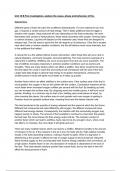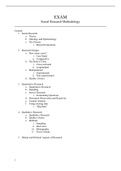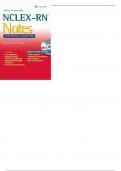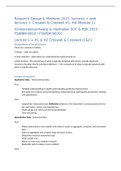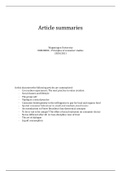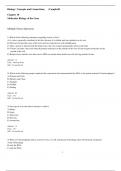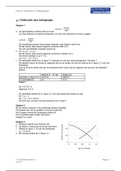Dissertation
Explore the cause, phases and behaviour of fire
- Cours
- Établissement
A visual presentation, including a description of how fires are caused and the phases of a fire. A report explaining the behaviours of fire and how behaviour is influenced by the cause and surroundings. This assignment was a distinction piece, so guarantees a good grade
[Montrer plus]
